Consumer Awareness and Acceptance
Consumer awareness regarding the benefits of V2X communication is gradually increasing, which is positively impacting the Automotive V2X Communication Market. As more individuals become informed about the advantages of connected vehicles, such as improved safety and traffic efficiency, the demand for these technologies is expected to rise. Surveys indicate that a significant percentage of consumers are willing to pay a premium for vehicles equipped with advanced safety features enabled by V2X communication. This growing acceptance is encouraging manufacturers to invest in V2X technologies, thereby driving innovation and competition within the Automotive V2X Communication Market. As consumer preferences shift towards smarter, safer vehicles, the market is likely to expand.
Advancements in Vehicle Technology
Technological advancements in the automotive sector are driving the growth of the Automotive V2X Communication Market. The rapid evolution of connected vehicles, equipped with advanced sensors and communication systems, is creating new opportunities for V2X applications. These vehicles can now share critical information about their surroundings, enhancing situational awareness and enabling proactive safety measures. Furthermore, the integration of artificial intelligence and machine learning into V2X systems is expected to optimize traffic management and improve decision-making processes. As manufacturers continue to innovate and enhance vehicle capabilities, the demand for V2X communication technologies is likely to increase, thereby fostering growth in the Automotive V2X Communication Market.
Rise of Smart Transportation Systems
The emergence of smart transportation systems is significantly influencing the Automotive V2X Communication Market. As urban areas become increasingly congested, the need for efficient traffic management solutions has never been more pressing. V2X communication technologies facilitate real-time data exchange between vehicles and infrastructure, enabling smarter traffic flow and reduced congestion. This integration is expected to enhance the overall efficiency of transportation networks. Market data suggests that investments in smart transportation initiatives are projected to reach billions in the coming years, further propelling the demand for V2X communication systems. Consequently, the Automotive V2X Communication Market is poised for growth as cities adopt these advanced technologies to improve urban mobility.
Government Regulations and Initiatives
Government regulations play a pivotal role in shaping the Automotive V2X Communication Market. Various countries are implementing stringent regulations aimed at enhancing road safety and reducing emissions. For instance, mandates for V2X technology adoption are becoming more prevalent, as governments recognize the potential of this technology to improve traffic management and reduce congestion. In some regions, financial incentives are being offered to manufacturers who integrate V2X systems into their vehicles. This regulatory push is expected to accelerate the adoption of V2X communication technologies, thereby driving growth in the Automotive V2X Communication Market. As a result, manufacturers are compelled to innovate and comply with these regulations to remain competitive.
Growing Demand for Enhanced Road Safety
The Automotive V2X Communication Market is experiencing a surge in demand for enhanced road safety features. As traffic accidents continue to pose significant risks, stakeholders are increasingly investing in technologies that facilitate vehicle-to-everything communication. This technology enables vehicles to communicate with each other and with infrastructure, thereby reducing the likelihood of collisions. According to recent data, the integration of V2X communication systems could potentially decrease traffic accidents by up to 80%. This compelling statistic underscores the urgency for manufacturers to adopt V2X solutions, as consumers prioritize safety in their vehicle purchases. Consequently, the Automotive V2X Communication Market is likely to witness substantial growth as automakers strive to meet these evolving safety standards.


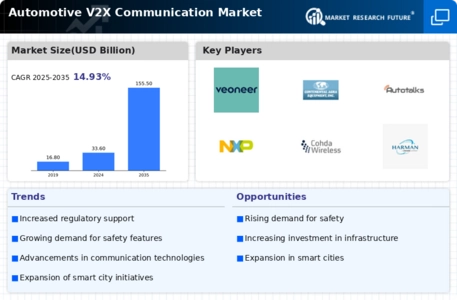
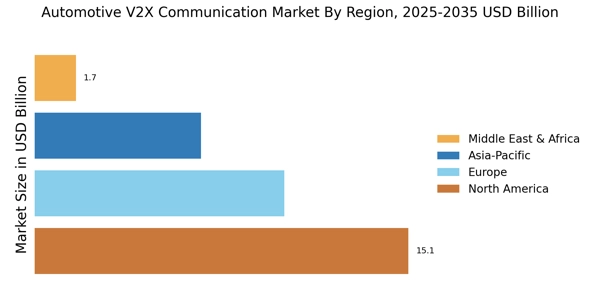

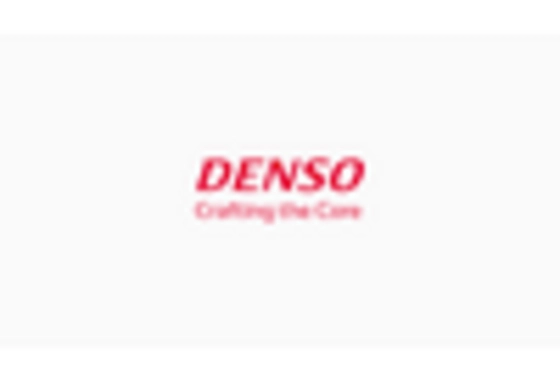

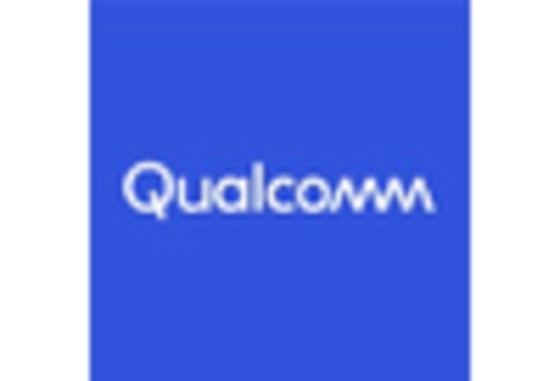
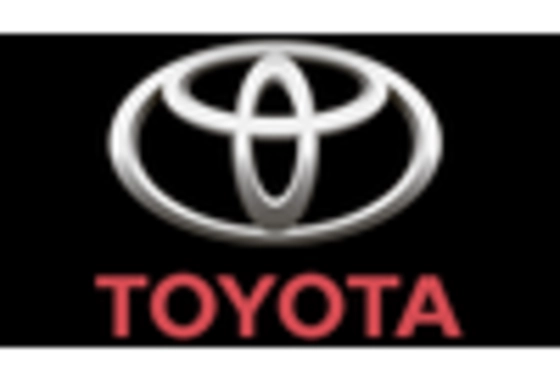








Leave a Comment